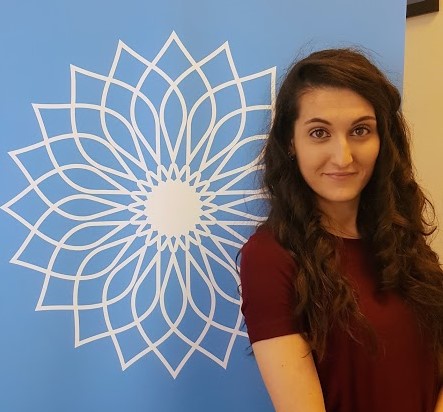Has COVID-19 increased physician and patient acceptance of digital transformation?
by Ángel Barrera and Patricia Domínguez, July 1, 2020

Over the past few months, we have witnessed the way in which the SARS-CoV-2 virus has changed and transformed the world around us, creating significant impacts for our society. In the fight to confront this pandemic and this new reality, we have also noticed that this disease has become the engine of change that has accelerated the hoped-for digital transformation, primarily in the healthcare environment. As we have mentioned before, this is the environment where there is a greater and greater willingness to change, on an organizational and service level, as a result of technology.
Now that we know what the benefits of digitalization in this sector are, and how these tools have helped and are helping to reduce the burden on the healthcare sector, there is still one question remaining: Is there a greater willingness on the part of doctors and patients to adopt these measures in clinical practice?
The answer is yes. The medical community is more inclined to use technological tools to lighten the burden on the healthcare system that has been caused by COVID-19, and to favor monitoring of patients without the danger of infection. This has been noted in many medical meetings that have been organized recently, for example the webinars on post-COVID healthcare presented by the ECO Foundation and the Spanish Society of Cardiology.
In addition to this, the “return to normalcy” will bring with it an increase in the number of consultations for other types of chronic disease that have not been able to be treated as usual, and that have resulted in a direct impact on those patients and on those who have not been diagnosed. For example, it is estimated that the cancer diagnosis has decreased in general with 30% fewer cases detected during the pandemic, according to data provided in the webinar “What will the return to normalcy be like?” organized by the ECO Foundation. All this is prompting medical professionals to opt for the use of technology to cope with this burden on the healthcare system, facilitating the monitoring of diseases in a tiered way and creating a balance over the long term between in-person visits and the use of digital platforms. The objective is for technology to be here to stay, taking advantage of its potential in healthcare.
Patients, on their part, have also shown a greater acceptance of the use of this type of technology in the healthcare environment, primarily as a result of the COVID-19 situation. This has been made clear in studies like Cigna’s “COVID-19 Global Impact,” which shows that more than half of Spaniards (57%) would opt to receive medical consultation online today, if they had the opportunity, which is an increase of 9 percent (from 48%) from January of this year. In addition, this study concluded that this tendency would be even greater in the future, with 65% of Spaniards being willing to receive medical attention remotely.
At Persei vivarium, we are very conscious of the fact that digital platforms are now offering an opportunity to improve the provision of healthcare services for patients. As a result, we are working to continue adapting our technology, quickly and efficiently, to the new needs that are arising. Our purpose is, and will continue to be, to offer our platforms to help improve the ways in which we address diseases, lightening the burden of healthcare professionals and promoting research, at the same time as we help patients to use appropriate tools to improve the management of their disease.
Share

Ángel Barrera
Business Development
Persei vivarium

Patricia Domínguez
Business Development
Persei vivarium
